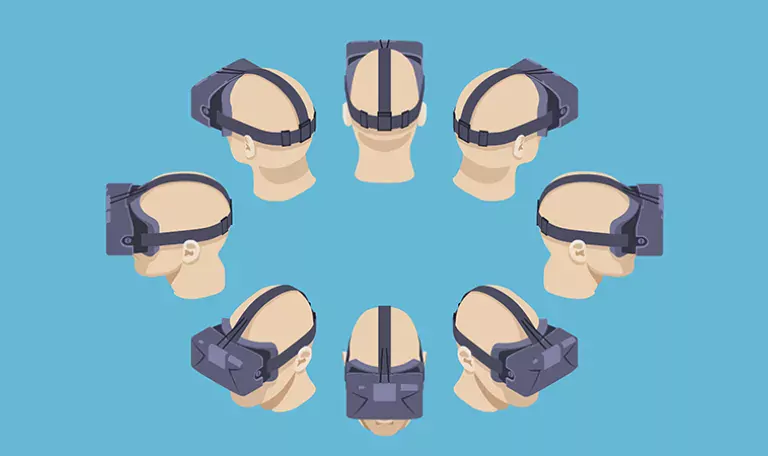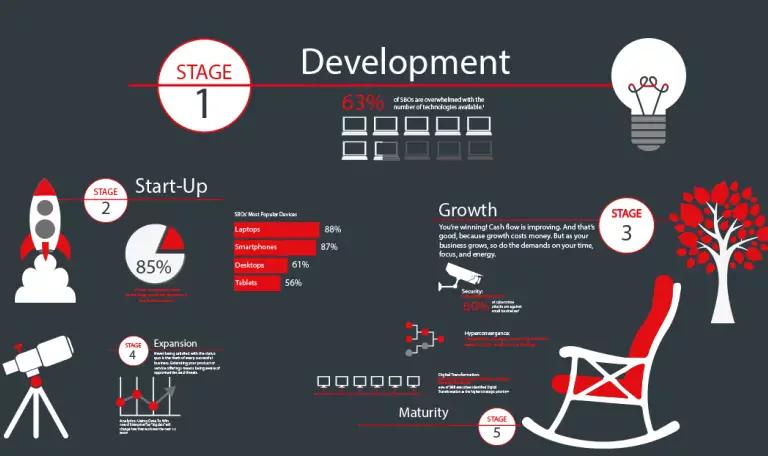Augmented and virtual reality (AR/VR) are not gaming trends – they're technologies set to revolutionise how we do business at every level.
Researchers at IDC estimate that worldwide revenues for the AR/VR market will increase by 100 per cent or more over each of the next four years, rocketing from $11.4 billion of total spending on products and services in 2017 to nearly $215 billion by 2021.
“The consumer, retail and manufacturing segments will be the early leaders in AR and VR investment and adoption,” said Marcus Torchia, research director at IDC Customer Insights & Analysis. “However, other segments like government, transportation, and education will utilise the transformative capabilities of these technologies.
“With use cases that span both AR and VR environments, we see a significant opportunity for companies to recast how users interact in business processes and everyday tasks.”
Across many industries
AR and VR are in a wide number of sectors, including automotive, healthcare, tourism, construction and manufacturing. The ability to see and interact with new products or new environments in a virtual world is a transformative one that can save companies from expensive prototyping, and drive meaningful collaboration between employees.
In manufacturing of any kind, for example, workers can see and handle a new product virtually while they perfect it and collaborate from miles apart. They can even be trained how to build that product without any wasted materials before they hit the assembly line.
The same capabilities can train surgeons and help them develop new operating techniques without risking lives. VR can let shoppers experience a holiday destination before buying the package, or place prospective furniture within their home.
In the construction industry, workers can use augmented reality to overlay blueprints as they walk around the building site, helping them to plan how the construction should unfold, when and where electricians, plumbers and bricklayers should be on-site. Once the job starts, workers who encounter a problem can liaise with the engineers and architects and have the solution beamed back to their headset for them to review.
Maximising business potential
These are only some of the applications for AR and VR, so why has it taken so long for the technology to start growing? The demise of Google Glass made AR look like nothing more than a passing fad (although rumours abound that it’s being revived as Project Aura). Meanwhile, the long wait for a realistically priced VR headset made widespread adoption seem very far off.
But while the headlines are dominated by consumer capabilities and the cutting edge, industry and business have been quietly adopting the early innovations. The Smart Helmet made by DAQRI, for example, gives field workers data visualisation and guided work instructions through AR.
In Gartner’s Hype Cycle for Emerging Technologies 2017, both AR and VR have cleared the “Peak of Inflated Expectations” and are on their way up the “Slope of Enlightenment” to the “Plateau of Productivity” (with AR lagging a little behind).
These technologies are not hyped-up fads that offer businesses a bit of cutting-edge razzmatazz. They are efficiency and productivity boosters that can save money and revolutionise training, collaboration, research and development, and the whole customer experience.![]()



